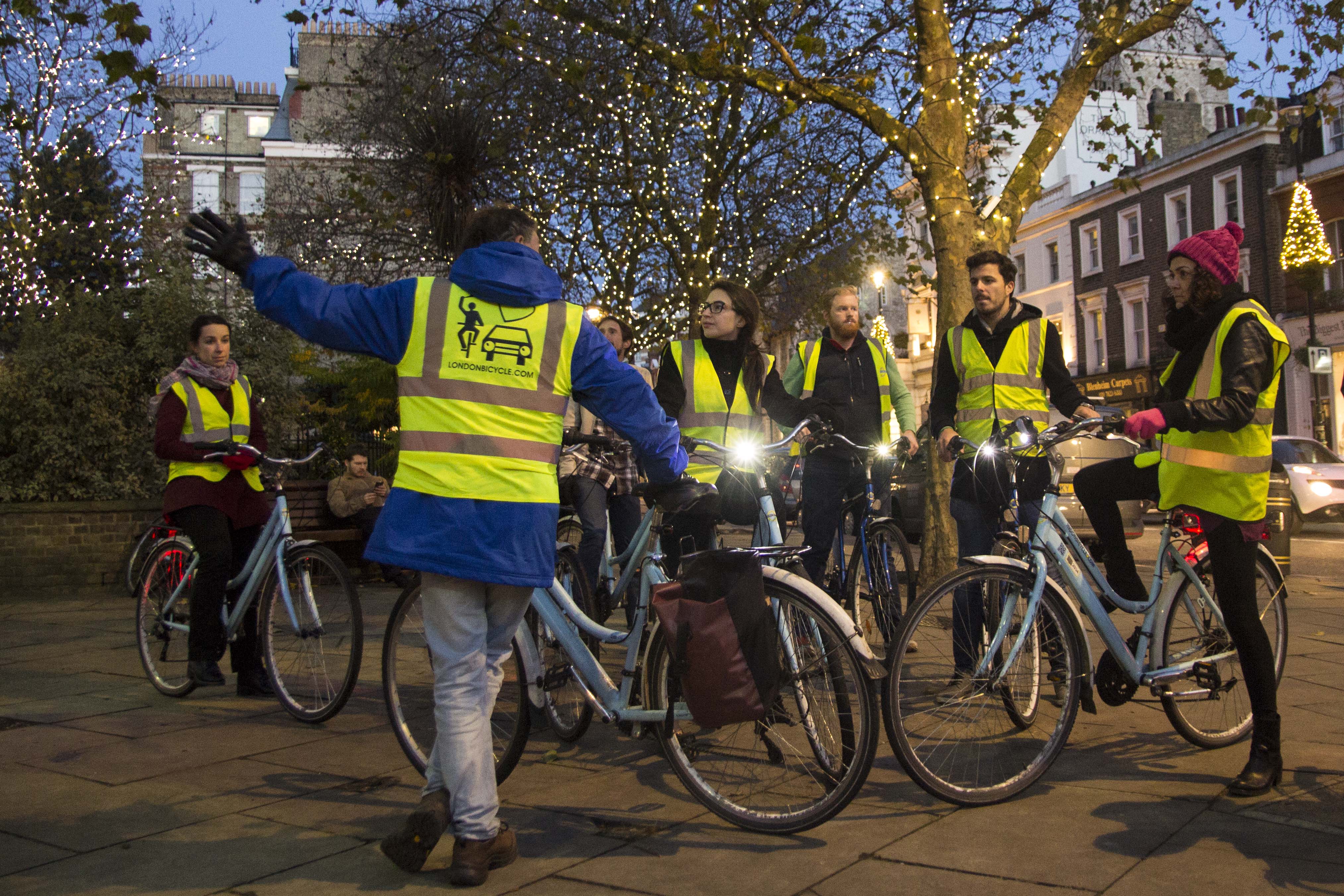
With the dark nights now in full swing and colder weather creeping in, road safety is a serious issue across the UK. This week is Road Safety Week, and in an effort to raise awareness with cyclists, drivers and pedestrians at this time of year, the car experts from Citygate are sharing their advice for staying safe on Britain’s roads this winter.
Cyclists
Cyclists are some of the most exposed road users in Britain - but there are ways riders can stay safe on the road during the darker months. It might sound obvious, but always ensuring you do everything you can to be seen is critical.
When cycling in the dark, make sure your clothing is reflective or light coloured so you can be clearly seen by other road users. Bike lights are also essential when cycling at night but also in poor weather conditions.
Wearing a helmet is advisable in case of a bump. If you're concerned about style, why not try one of the Hovding airbags instead, on sale now in the London Bicycle shop! Visibility is significantly reduced during fog and darkness so make sure you’re visible!
The darker nights shouldn’t deter you from cycling, but you’ll need to be more aware of those around you. When it comes to navigating busy roads, hang back from large vehicles like lorries. They may not see you in their blind spot and, if they turn suddenly, you’ll be at risk of colliding with the vehicle.
Remember: when you’re cycling on the road, you must follow the same rules as other road users - and this includes stopping at relevant road signs and traffic lights.
Drivers
As a driver, it can be tempting to focus your attention on the road ahead - but in order to ensure the safety of all road users, you need to be aware of what’s going on in every direction.
Just like cyclists, ensuring you’re visible at all times is the first step to keeping other road users alerted, so here are some things to be aware of:
-
Lights: while your lights should be switched on as soon as it becomes dark, it’s important to use the correct lights for different weather conditions - and to make sure they’re cleared from any snow or debris. If visibility is poor and drops below 100m, it’s time to use your fog lights. If you’re driving in falling snow, switch on your headlights to give you a better view of the road ahead. Remember: your main beam can dazzle other drivers and cyclists, so consider how you use them
-
Indicators: an irritation when not used in normal conditions, always using your indicators in adverse conditions will alert other road users to your intentions. This will prevent pedestrians from stepping out in front of you and give cyclists a chance to hang back when they can see you’re turning
-
Speed: drivers must drive within the speed limits but it’s not a requirement to drive at the speed they display. Depending on the weather conditions, you can drive slower if it feels safer. If the weather is reducing your visibility, and your windscreen wipers and lights aren’t aiding your driving, it’s time to pull over until the worst of the weather passes
With weeks of dark, cold nights ahead of us, it’s important all road users help each other stay safe and alert this winter.
Alternatively, brighten up your dark nights on the Christmas Lights Tour, running daily until 6 Jan!

